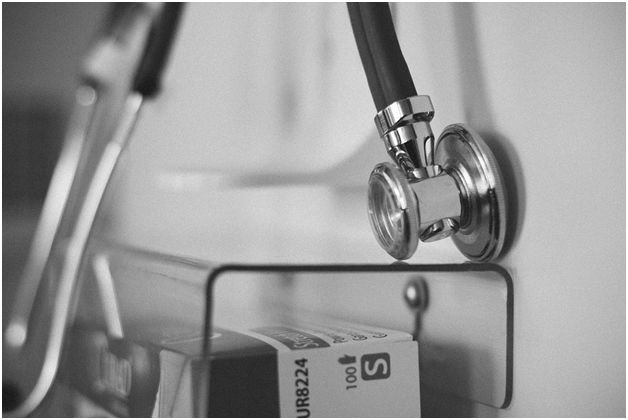Northwell Health CEO Michael Dowling looks to the hospital of the future
What does the hospital of the future look like? That depends not only on what we’ve learned from the COVID-19 crisis, but on the ways health system and hospital executives apply that knowledge to their strategic plans moving forward, according to Michael J. Dowling, CEO and president Northwell Health.
Dowling gives the HIMSS21 Digital Visionary Keynote: Leading for the Future, from 8:00 to 8:20 a.m., Tuesday, August 10.
Over the past 15 months, everyone has emerged from an extraordinary experience, and no one was spared, Dowling said. The outcome for too many was disastrous and deadly.
The pandemic, which continues with the spread of the Delta variant, highlighted the strengths and weaknesses of health systems, which creates opportunities for lessons learned moving forward.
What he’s learned is that the health system is agile and adaptable, as it reconfigured bed space and moved staff around. The changes wouldn’t have been possible without the regulatory flexibility allowed during the pandemic.
Dowling said investments made 15 years ago in the central lab, transport system and supply chain infrastructure paid off as they proved to be successful and worthwhile during a time of crisis.
Moving forward, hospital executives need to define what they mean by ambulatory and outpatient care, how to best use digital health and how to maximize technology.
The care and treatment of physicians, nurses and other healthcare employees and working towards resolving health equity – two issues highlighted by the pandemic – need to stay front and center.
Northwell Health was at the epicenter of the pandemic in New York State. It cared for 200,000 COVID-19 patients over the past 15 months. At the height of its inpatient care for COVID-19 patients, in April 2020, Northwell had 3,500 patients in the hospital on a daily basis, according to Dowling.
From March 11 to June 1, 2020, 4,516 probable COVID-19–associated deaths were known to have occurred among New York City residents, according to the Centers for Disease Control and Prevention.
Dowling has been at Northwell for 25 years. Prior to becoming CEO in 2002, he was the health system’s executive vice president and chief operating officer. Before joining Northwell Health in 1995, Dowling was a senior vice president at Empire Blue Cross/Blue Shield.
But the healthcare veteran said that after walking through the COVID-19 units at the hospitals, he thinks about things differently.
COVID-19 raises our obligation, he said, to create a new health system for the future based on the experience of the last 15 months. It has allowed hospital executives to rethink their organization and its strategies, and what will be done differently in the future.
































